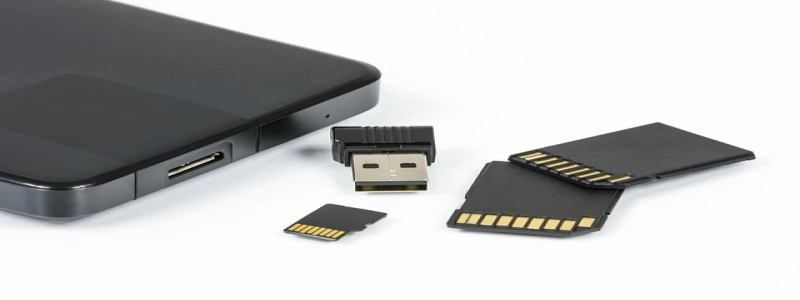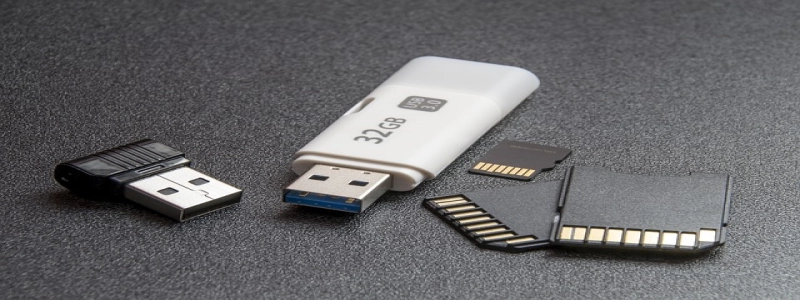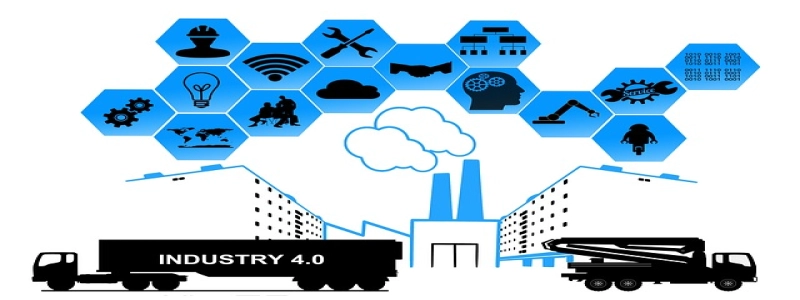Which IEEE Standard is Used for Ethernet over Power Lines?
Introduction:
Ethernet over Power Lines (EoPL) is a technology that uses existing electrical power lines to transmit data, enabling network connectivity in areas where traditional wired or wireless networks may be limited. This article will discuss the IEEE standard commonly used for Ethernet over Power Lines and explain its features and benefits.
I. IEEE Standard 1901:
The IEEE Standard 1901, titled \”Standard for Broadband over Power Line Networks: Medium Access Control and Physical Layer Specifications,\” is the main standard used for Ethernet over Power Lines. This standard was first published in 2010 and has since been revised in subsequent versions.
II. Features of IEEE 1901:
The IEEE 1901 standard provides specifications for the physical layer (PHY) and medium access control (MAC) layer of Ethernet over Power Lines. It defines the data rates, modulation techniques, error control mechanisms, and power management schemes to be used for data transmission over power lines.
III. Benefits of IEEE 1901:
The use of the IEEE 1901 standard for Ethernet over Power Lines offers several benefits, including:
1. Ease of Deployment:
Since power lines are already present in most buildings and homes, implementing Ethernet over Power Lines does not require significant additional infrastructure. This makes it a cost-effective and convenient solution for extending network connectivity.
2. Extended Coverage:
Ethernet over Power Lines can provide network connectivity in areas where other wired or wireless solutions may not be feasible. It allows users to overcome obstacles like thick walls, electromagnetic interference, or long distances.
3. High Data Rates:
The IEEE 1901 standard supports data rates up to 500 Mbps, enabling fast and reliable internet connectivity over power lines. This makes it suitable for applications that require high bandwidth, such as HD video streaming and online gaming.
4. Efficiency and Reliability:
IEEE 1901 incorporates advanced error correction and noise reduction techniques to ensure reliable data transmission over power lines. It also includes power management features to optimize energy consumption, making it an efficient solution for network connectivity.
Conclusion:
The IEEE 1901 standard serves as the foundation for Ethernet over Power Lines technology, enabling network connectivity using existing electrical power lines. Its features and benefits make it a practical and reliable solution for extending network coverage and delivering high-speed internet access. With ongoing advancements in power line communication technology, the IEEE 1901 standard continues to evolve, providing even better performance and efficiency in Ethernet over Power Lines implementations.








